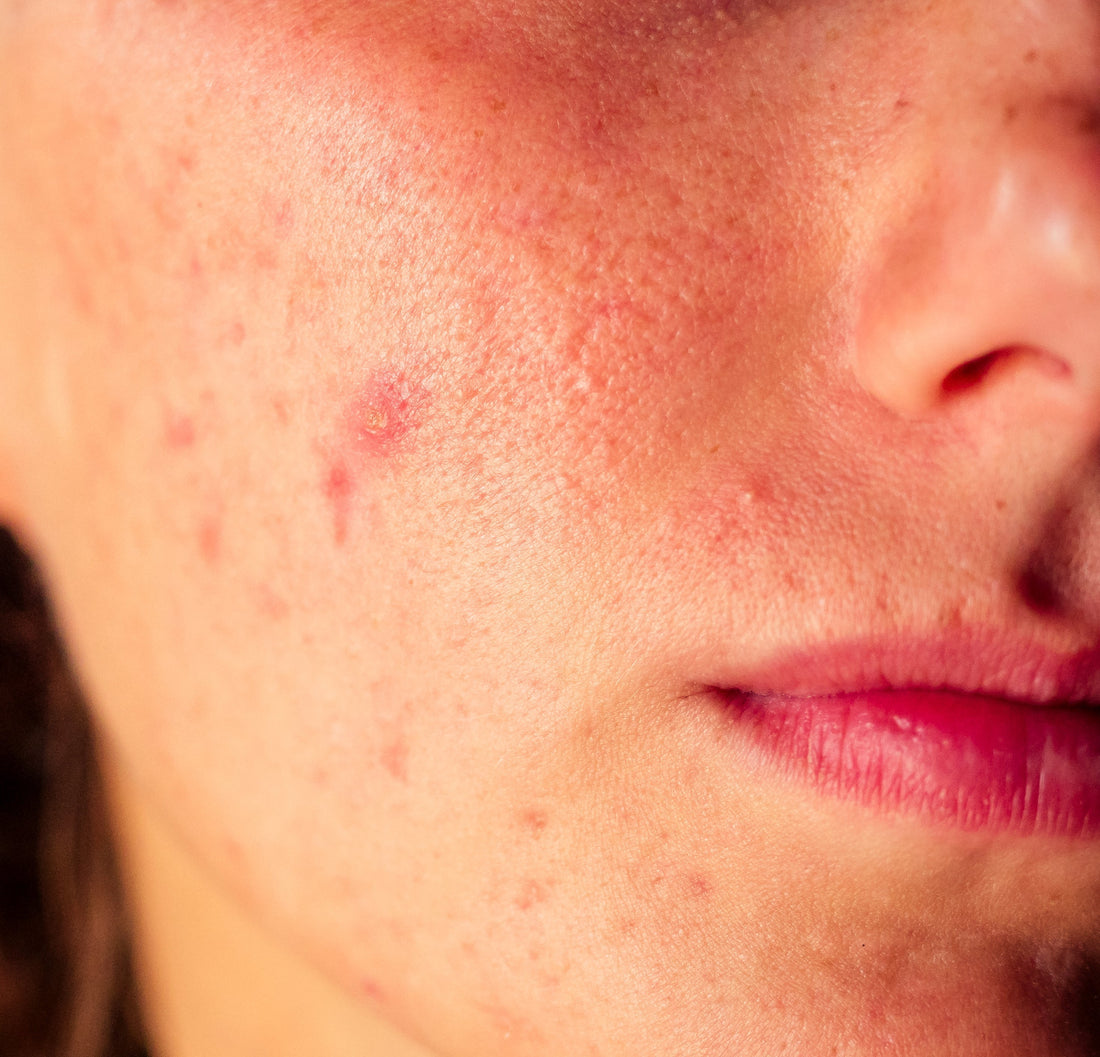
Acne Under Control: Your Step-by-Step Skincare Routine for Acne-Prone Skin
Share
Acne-prone skin requires a balanced and targeted skincare routine to manage breakouts, reduce inflammation, and prevent future blemishes. Using the right combination of cleansers, serums, treatments, moisturizers, and sun protection can help keep your skin clear, healthy, and glowing.
1. Cleanse Gently with Salicylic Acid
Start your routine with a gentle acne face wash containing salicylic acid. Salicylic acid is a beta-hydroxy acid (BHA) that penetrates pores, removes excess oil, and helps prevent breakouts. Cleansing twice daily—morning and evening—keeps your skin fresh without over-drying it.
2. Nourish with Serums
After cleansing, apply a serum containing niacinamide and hyaluronic acid.
● Niacinamide helps reduce inflammation, minimize pores, and regulate sebum production.
● Hyaluronic acid provides hydration without clogging pores, keeping the skin plump and smooth.
Together, these ingredients calm irritated skin while maintaining moisture balance.
3. Target Breakouts with Spot Treatments
For active pimples, use an acne spot treatment. Ingredients like benzoyl peroxide or salicylic acid target bacteria and unclog pores, reducing inflammation and speeding up healing. Apply only on affected areas to prevent excessive dryness.
4. Moisturize for Acne-Prone Skin
Even oily or acne-prone skin needs hydration. Choose a lightweight, non-comedogenic moisturizer designed for acne-prone skin. It helps maintain the skin barrier, prevent irritation, and reduce the likelihood of new breakouts.
5. Protect Your Skin with Sunscreen
Sun protection is crucial, especially when using active acne ingredients like salicylic acid or benzoyl peroxide. Sunscreens help prevent post-inflammatory hyperpigmentation and protect against premature aging.
Physical vs. Chemical Sunscreens
● Physical (Mineral) Sunscreens: Contain zinc oxide or titanium dioxide. They sit on the skin’s surface and reflect UV rays, providing broad-spectrum protection. Safe for all ages, sensitive skin, and acne-prone skin.
● Chemical Sunscreens: Contain ingredients like oxybenzone or avobenzone. They absorb UV rays and convert them into heat, offering lightweight and easy application but may not suit sensitive skin and need 20 minutes to become effective.
For acne-prone skin, physical sunscreens are often preferred due to their gentle, non-irritating nature.
Conclusion
A consistent skincare routine for acne-prone skin combines cleansing, nourishing, treating, moisturizing, and sun protection. By using science-backed ingredients like salicylic acid, niacinamide, hyaluronic acid, and mineral sunscreen, you can reduce breakouts, calm inflammation, and maintain healthy skin.
At CELLVIVE, our dermatologist-recommended products are carefully formulated to support acne-prone skin safely, helping you achieve clear, calm, and radiant skin every day.